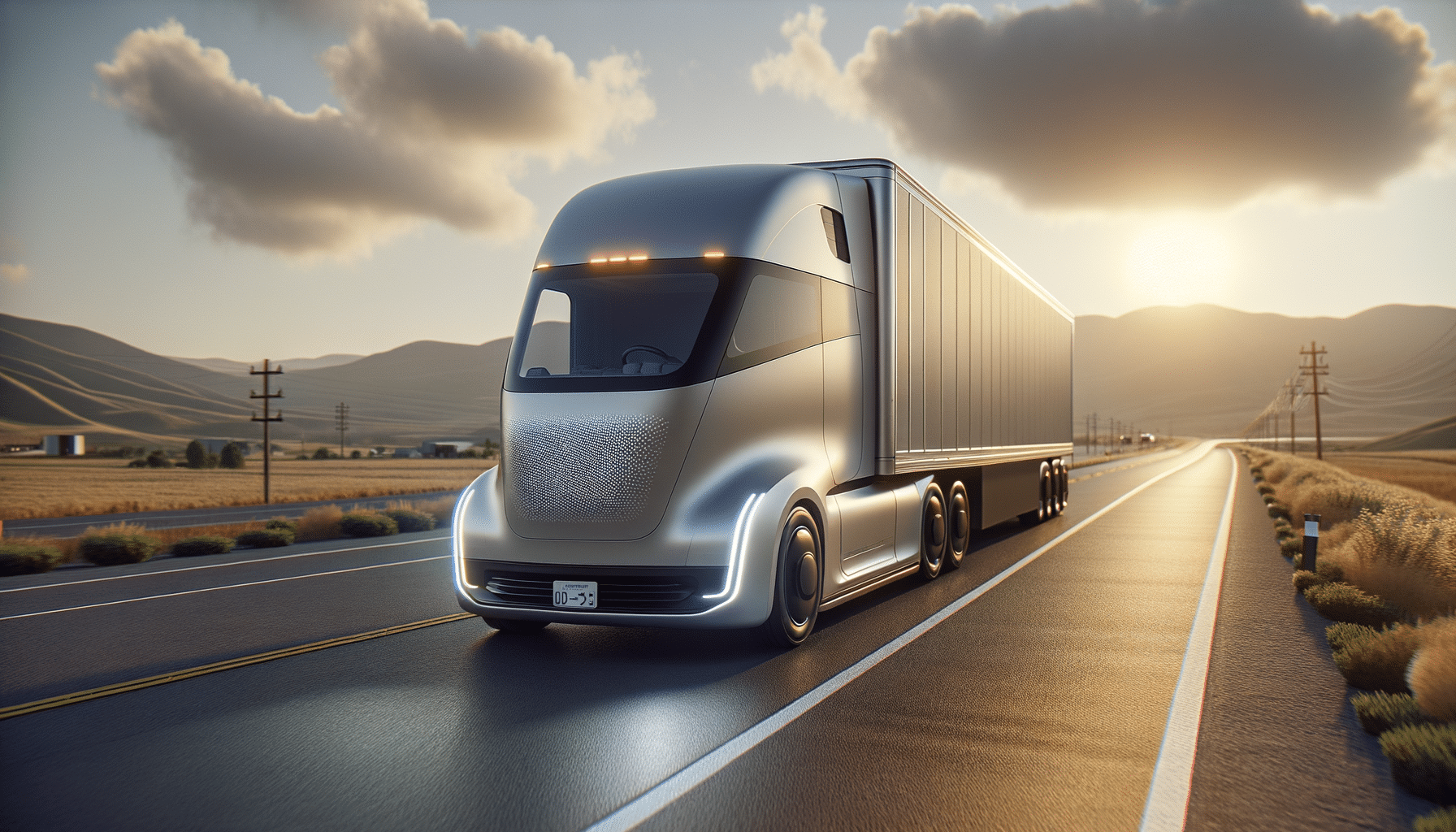
The Rise of Autonomous Trucks: Revolutionizing the Transportation Industry
Introduction to Autonomous Trucks
The transportation industry is undergoing a significant transformation with the advent of autonomous trucks. These self-driving vehicles are poised to revolutionize logistics, promising enhanced efficiency, reduced operational costs, and improved safety. As technology advances, the adoption of autonomous trucks is becoming more feasible, and their potential impact on the industry is profound.
Autonomous trucks operate using a combination of sensors, cameras, and artificial intelligence to navigate roads and highways without human intervention. This technology aims to address some of the most pressing challenges in the trucking industry, such as driver shortages and long-haul fatigue.
With the potential to operate 24/7 without breaks, autonomous trucks could significantly increase productivity and lower transportation costs. Moreover, these vehicles are designed to improve safety by reducing human error, which is a leading cause of accidents. As we delve deeper into this topic, we’ll explore the various aspects of autonomous trucks and their implications for the future of transportation.
Technological Advancements Driving Autonomous Trucks
The development of autonomous trucks is driven by several technological advancements. Key components include:
- Sensors and Cameras: These provide real-time data about the truck’s surroundings, enabling it to detect obstacles, road signs, and lane markings.
- Machine Learning Algorithms: These allow the truck to make decisions based on the data collected, improving over time as they learn from different driving conditions.
- Connectivity: Autonomous trucks are equipped with communication systems that allow them to share information with other vehicles and infrastructure, enhancing traffic management and safety.
These technologies work together to create a comprehensive system capable of navigating complex road scenarios. The integration of artificial intelligence in autonomous trucks is particularly noteworthy, as it mimics human decision-making processes, allowing these vehicles to adapt to unpredictable situations.
As research and development continue, the capabilities of autonomous trucks are expected to expand, making them a viable option for a wide range of applications in the logistics sector. The ongoing advancements in this field underscore the potential for autonomous trucks to reshape the transportation landscape.
Economic and Environmental Impact
The introduction of autonomous trucks is expected to have significant economic and environmental impacts. Economically, these vehicles could reduce operational costs for logistics companies by minimizing the need for drivers and increasing fuel efficiency through optimized driving patterns.
Moreover, autonomous trucks can operate continuously, reducing delivery times and increasing the efficiency of supply chains. This could lead to lower costs for consumers and increased competitiveness for businesses that rely on timely deliveries.
From an environmental perspective, autonomous trucks have the potential to reduce emissions by optimizing routes and driving behavior. By maintaining consistent speeds and avoiding unnecessary stops, these vehicles can lower fuel consumption and decrease their carbon footprint.
The shift towards autonomous trucks also aligns with broader efforts to promote sustainability in transportation, as these vehicles can be integrated with alternative fuel sources such as electric or hydrogen power.
Challenges and Considerations
While the prospects of autonomous trucks are promising, several challenges need to be addressed before they become mainstream. One major concern is the regulatory framework required to govern the operation of these vehicles. Policymakers must develop comprehensive regulations to ensure safety and accountability on the roads.
Additionally, the transition to autonomous trucks raises questions about the impact on employment within the trucking industry. As automation reduces the need for human drivers, there may be a need for retraining programs to help displaced workers transition to new roles.
Technical challenges also remain, particularly in ensuring the reliability and security of autonomous systems. Cybersecurity is a critical consideration, as these vehicles rely on connected technologies that could be vulnerable to hacking.
Addressing these challenges will require collaboration between industry stakeholders, governments, and technology developers to create a framework that supports the safe and effective integration of autonomous trucks into the transportation ecosystem.
The Future of Autonomous Trucks
The future of autonomous trucks is both exciting and uncertain. As technology continues to evolve, these vehicles are likely to become more sophisticated, offering increased capabilities and efficiencies. The widespread adoption of autonomous trucks could transform logistics networks, leading to more efficient and sustainable transportation systems.
However, the pace of this transformation will depend on several factors, including technological advancements, regulatory developments, and public acceptance. Building trust in autonomous systems is crucial, as stakeholders must be confident in their safety and reliability.
Looking ahead, autonomous trucks hold the promise of reshaping the transportation industry, offering solutions to some of its most pressing challenges. As we move forward, it will be essential to balance innovation with thoughtful consideration of the impacts on society and the environment.


